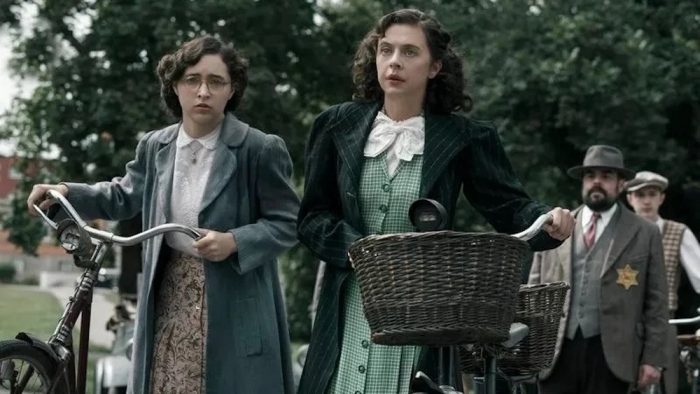Reviewed by Jeffrey Sanzel
For every superhero blockbuster, an equal number are box office disasters. For each Avengers: Endgame or Iron Man 3, there is Shazam! Fury of the Gods and The Flash. Many superheroes have risen and fallen, only to rise again in a parade of reboots and colored tights.
The Blue Beetle first appeared in Fox Comics’ Mystery Men Comics #1 (1939). The titular hero, Dan Garet, took Vitamin 2X, which gave him “super-energy.” When Fox went out of business, Charlton Comics bought the character, reprinting some of the stories before launching its version in 1955. In 1964, Charlton re-envisioned the character: Dan Garrett acquired an extra “r” and “t” along with a new origin story centered around a mystical power-giving Egyptian scarab. In 1966, inventor Ted Kord became a gadget-centric Blue Beetle following Garrett’s death. Next, the character’s mythology was reinvented with both Blue Beetles—Garrett and Kord—in Americomics (published by AC Comics).

DC Comics bought Charlton’s superhero collection in 1983, changing Ted Kord to a billionaire industrialist. This Ted Kord appeared in various titles, including Justice League, Justice League America, and Birds of Prey, the identity continuing through 2005. DC presented a new Blue Beetle in 2006: teenager Jaime Reyes, whose powers came from the scarab, a piece of alien technology. While the initial series was cancelled due to poor sales, a revival came in 2011, disconnecting Reyes from previous Beetles. In 2016 Garrett and Kord were restored as previous Blue Beetles. Jamie Reyes was the focus of a limited series, Blue Beetle: Graduation Day, offered from 2022 to 2023.
Enter DC studio’s Blue Beetle. After a prologue establishing Kord Industries locating the scarab in a frozen tundra, the action quickly shifts to bright-eyed pre-law college graduate Jamie Reyes returning home to the fictional Texan town of Palmera City. As he rides down the airport escalator, he adjusts his mortarboard. Turning to the gentleman beside him, he asks, “How do I look?” The man dryly responds, “Like you’re six figures in debt.” The smart quip establishes the tone and world that Jamie faces.
Jamie is greeted by his family—mother, father, grandmother, sister, and eccentric uncle. During a celebratory meal, Jamie learns that his auto mechanic father lost his job due to a heart attack. They are now in danger of losing the family home, three months in arrears. His sister, Milagro, gets them a job working in the mansion of Kord Industries CEO Victoria Kord (whom Milagro describes with begrudging respect as “Cruella Kardashian”). They lose their positions when Jamie steps into a fight between Victoria and her niece, Jenny. In gratitude, Jenny offers Jamie employment and tells him to come to Kord Tower.
The next day, Jenny discovers that Victoria uses the scarab for her OMAC (One Man Army Corps) project. Jenny steals the scarab in a fast-food hamburger container, but the laboratory director discovers its theft, and the building is put on lockdown. In danger of being caught, Jenny passes the box to Jamie, who takes it home, warning him not to open it or touch its contents.
Upon returning, the family pressures him to see what is in the box. In full view of his family, Jamie touches the scarab, which attaches itself to him. He is immediately surrounded by an exoskeleton/armored suit, complete with a guidance voice and myriad abilities, including flight and a host of defensive and offensive capacities. (Jenny later tells Jamie that the scarab is an ancient sentient weapon that has chosen him as host.)
The plot is traditional: a struggle between the emerging hero and the dastardly villain. Jamie learns to harness the powers as Victoria sets out to reclaim the scarab. Victoria is a classic nemesis cut in the Bond villain mode. Susan Sarandon chews the scenery, practically singing the watchcry, “Sacrifices must be made for the greater good.” Her main conflict is with her brother’s daughter, Jenny (Bruna Marquezine), an underdeveloped and bland character. Victoria has a traditional henchman, Ignacio Carapax (Raoul Max Trujillo, expressive with only a few lines), with an important backstory.

There are references to Jenny’s father, Ted Kord, as well as Ted’s professor, archaeologist Dan Garrett, bringing the Blue Beetle’s entire history into superficial play. The effects are pure videogame, with an excessive amount of blue electricity. The action often resembles Rock ‘Em Sock ‘Em Robots.
On the surface, little new or exciting is on offer. However, director Ángel Manuel Soto and writer Gareth Dunnet-Alcocer manage one important coup: the extraordinary bond of the Reyes family.
Unlike many genre movies, Blue Beetle uses family not as a vehicle but as the core force. If the theme of familial bond is heavy-handed, the first-rate cast engages us on a genuinely human level. Xolo Maridueña shines as Jamie, easily holding center for the film’s stretched two hours. Damián Alcázar makes the father, Alberto, wise and touching, a patriarch of great understated strength. He is matched beautifully by Elpidia Carrillo as Rocio, Jamie’s mother. Adriana Barraza, as Nana, the matriarch, avoids cliché and has a fun eleventh-hour reveal. Belissa Escobedo brings humor and caring to Milagro, Jamie’s sister. George Lopez takes Uncle Rudy to the limit and beyond, both hilarious and touching. Each stands out individually, but as a whole, they are an exceptional unit.
While there have been Latino superheroes, Blue Beetle puts representation at its center. An important moment comes late in the film involving the laboratory director (played with conflicted integrity by Harvey Guillén). The exchange leads to a bold choice, highlighting racial issues that weave through the film.
In the end, Blue Beetle is uneven and occasionally uninspired, but a superior cast and a celebration of family let the film soar. Rated PG-13, Blue Beetle is now playing in local theaters.

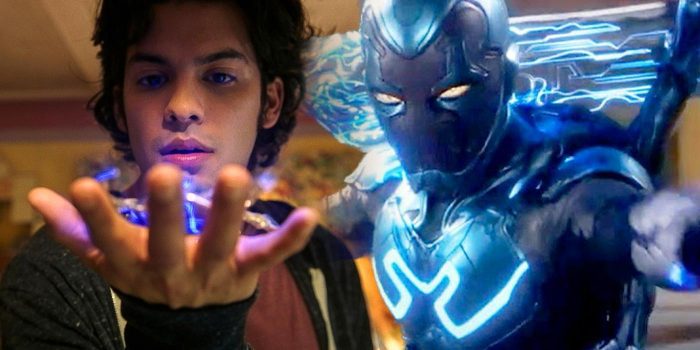
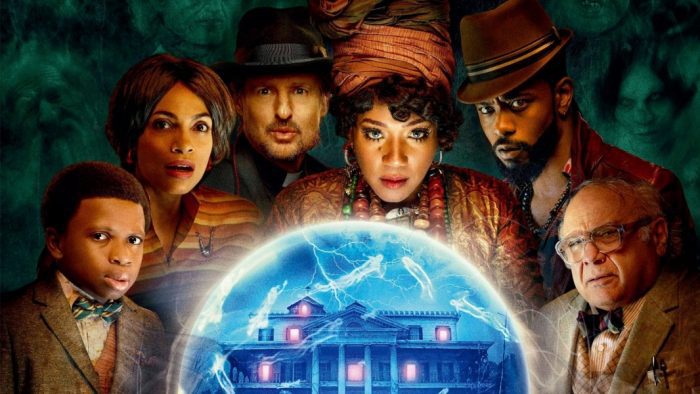
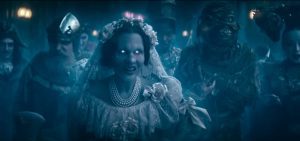
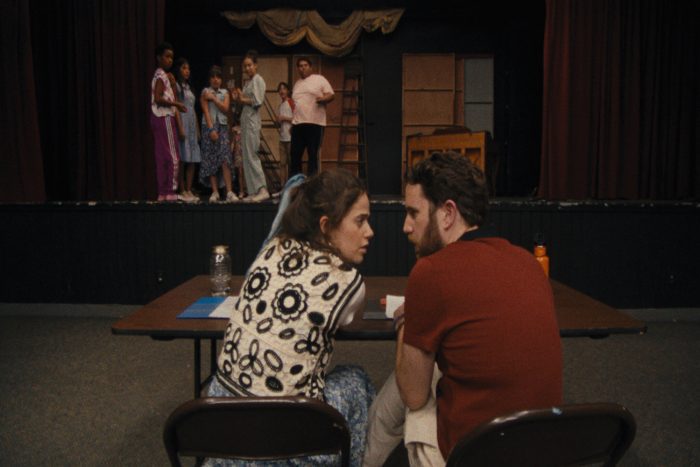
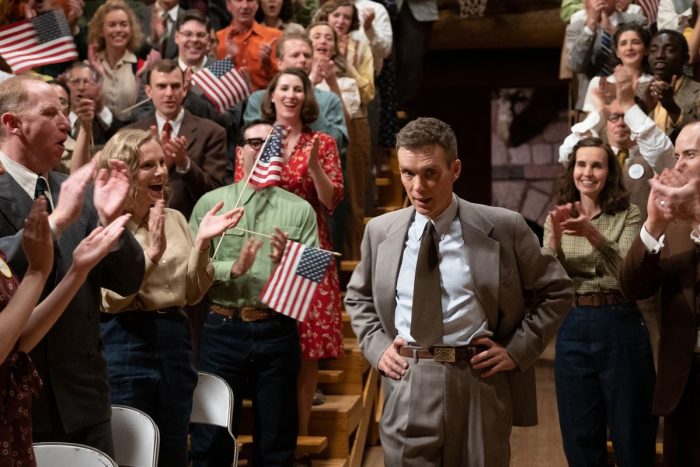
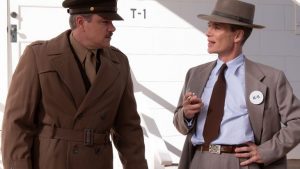
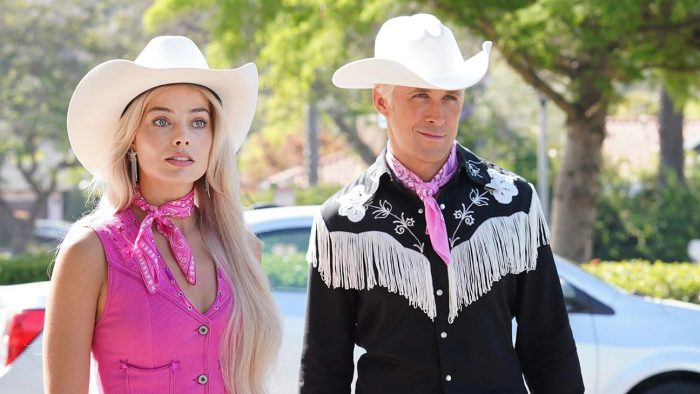

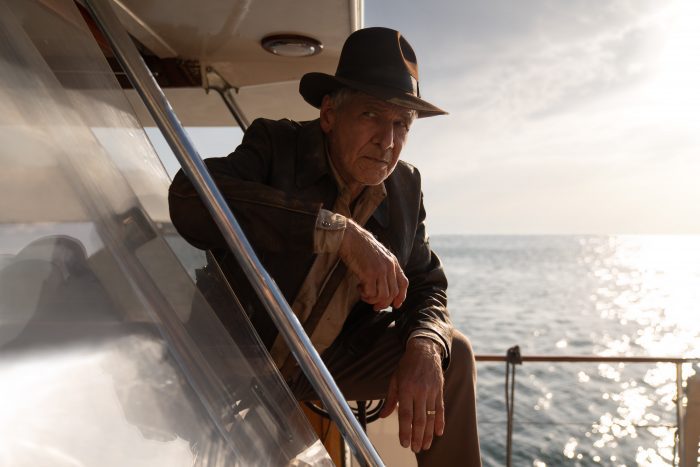


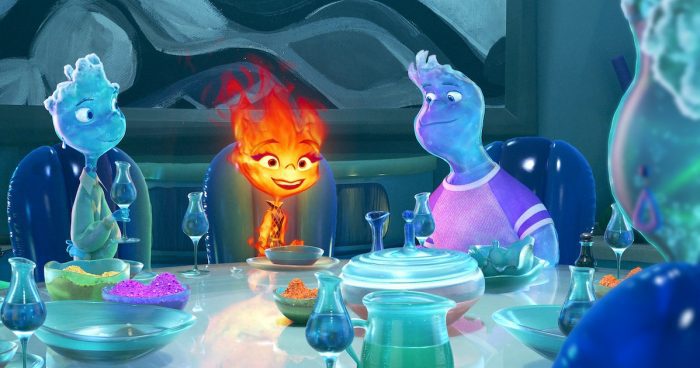
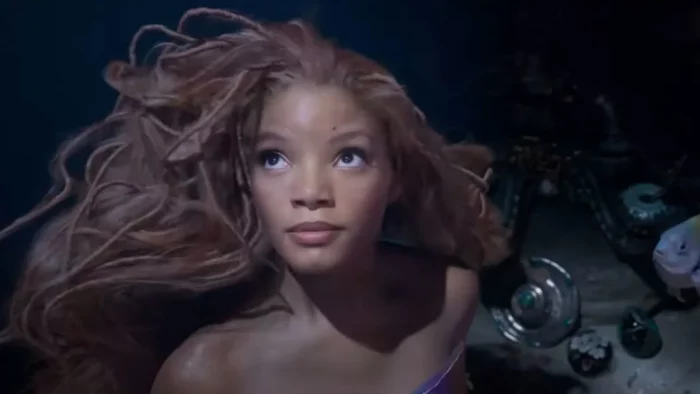
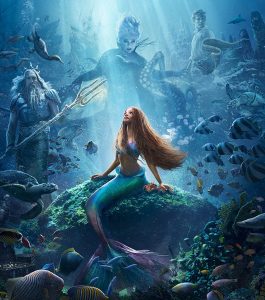 The 2008 Broadway musical, with a book by Douglas Wright, limped through a year-and-a-half run but found more success in regional, community, and school productions. In 2019, The Wonderful World of Disney broadcast The Little Mermaid Live, an interesting hybrid, where the film was projected and interwoven with live musical performances.
The 2008 Broadway musical, with a book by Douglas Wright, limped through a year-and-a-half run but found more success in regional, community, and school productions. In 2019, The Wonderful World of Disney broadcast The Little Mermaid Live, an interesting hybrid, where the film was projected and interwoven with live musical performances.


